BUILDING FUTURES
… One Life at a Time. A STRATEGIC PLAN FOR 2023 TO 2030
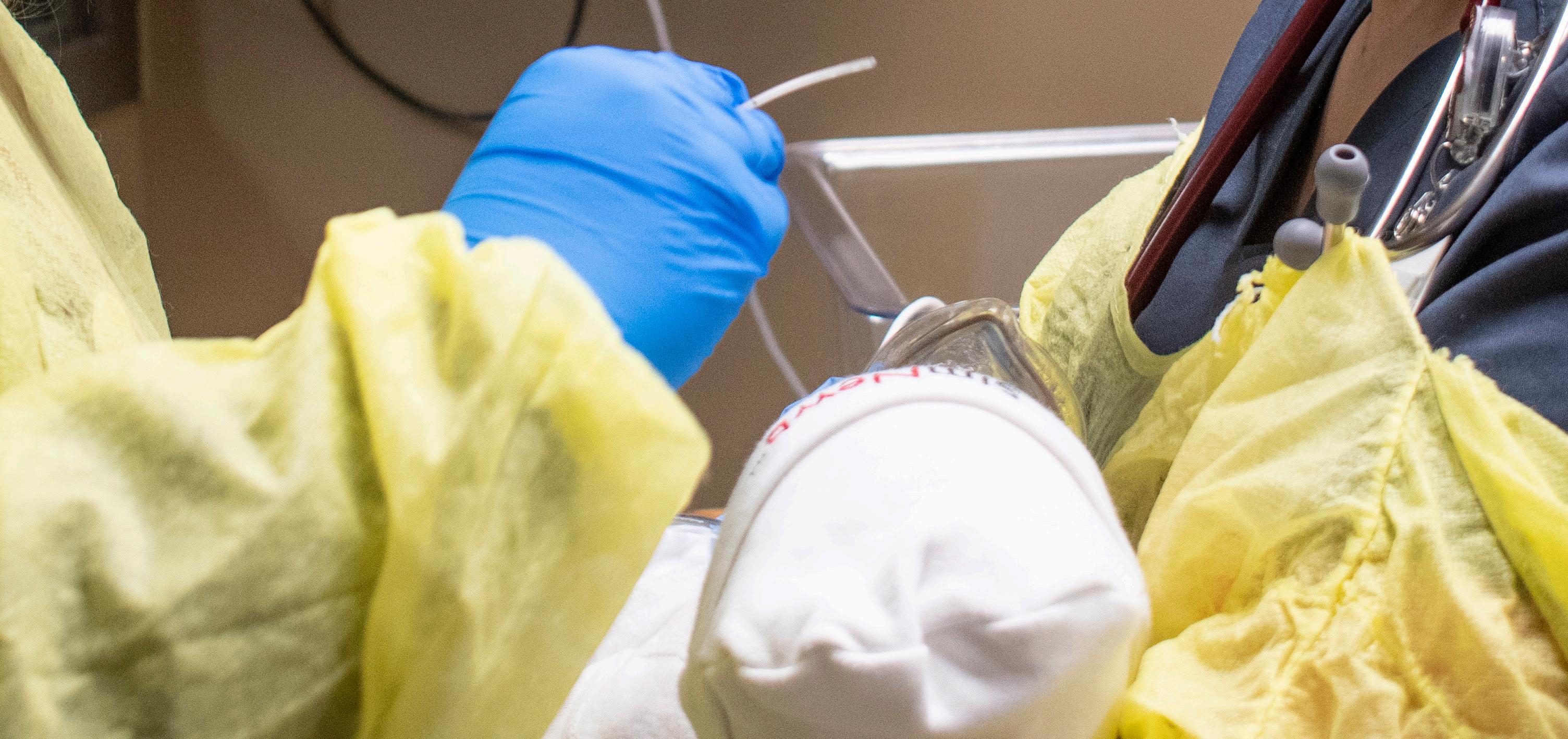

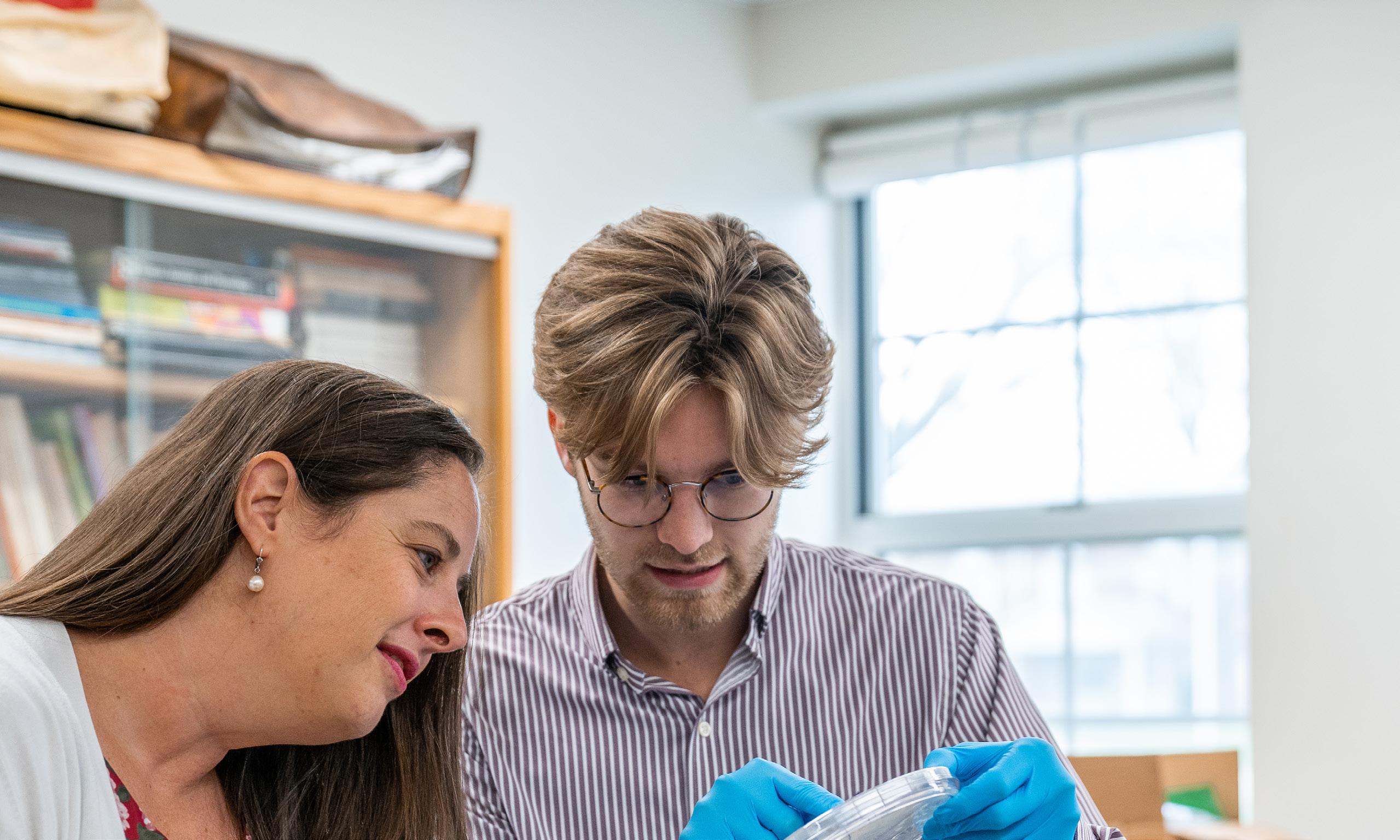
1
WE ARE A TRANSFORMATIVE UNIVERSITY THAT NURTURES CHRISTLIKE COMMUNITY, PURSUES ACADEMIC EXCELLENCE, AND CULTIVATES A PASSION TO SERVE.

OUR SHARED VISION
TO IMPACT THE WORLD FOR JESUS CHRIST THROUGH SERVANT LEADERS RECOGNIZED FOR THEIR EXCELLENCE, INTEGRITY, AND SPIRITUAL VITALITY.
2
MNU MISSION STATEMENT
AS A UNIVERSITY COMMUNITY WE ARE COMMITTED TO THESE CORE VALUES:
▪ TO AFFIRM OUR COMMITMENT to the Church of the Nazarene, the ministry of the local church, and our mission as a Christ-centered educational community in the Wesleyan-Holiness tradition.
▪ TO DELIVER EXCELLENCE in teaching and learning by developing a passion for lifelong learning, providing quality student services, cultivating innovation, and nurturing a culture of continuous improvement.
▪ TO DEVELOP AND IMPLEMENT a sustainability model for the stewardship of financial and physical resources, to promote excellence in academic programs and services, to support faculty and staff and provide contingencies to protect, promote, and advance the ongoing viability of the university.

▪ TO NURTURE AND WORK TOGETHER to build a Christ-like community of faith and learning interdependent in function and guided by the Holy Spirit.
▪ TO BE DRIVEN by our common purpose and collective action to inspire and develop servant leaders who will personally and professionally impact our world for Jesus Christ.

3
OUR CORE VALUE COMMITMENT
THE STRATEGIC PLANNING PROCESS began with initial meetings of campus leadership, all faculty and staff, representative students, and the Board of Trustees. Based on the input received through this process a strategy map was created that identified three key themes. Each theme provides the focus and substance of the plan and connects goals to the strategic initiatives that follow.
The following components of the strategic map help identify priorities and guide the implementation of the resulting initiatives.
ORGANIZATIONAL CAPACITY:
The ability of the organization, structure, personnel, or resources to support or implement desired change.
INTERNAL PROCESSES:
The capacity of systems, structure, personnel, and practice to initiate innovation.
FINANCIAL RESOURCES:
The financial ability or resources necessary to achieve our strategic goals and initiatives.
STUDENTS AND STAKEHOLDERS:
Represent the focus of the plan and the added value provided to students, employers, churches, and constituents based on the stories they tell of their experiences.


THE PROCESS
THE PURPOSE OF A COMPREHENSIVE STRATEGIC PLAN TO
INVOLVE, ENGAGE, AND INSPIRE
The strategic planning process began in February 2022 and engaged the entire campus community across all departments. The plan includes the dreams, vision, and ideas of administration, trustees, faculty, staff and student representatives.
A representative steering committee was formed to refine the plan on behalf of the campus community and through their work the strategies, goals, and initiatives were developed based upon the following three themes:
THEME ONE: INNOVATE

To embrace, inspire, and facilitate change that adds value to the university and promotes excellence, efficiency, and financial viability.
THEME TWO: ILLUMINATE
To elevate the core values that characterize the university’s mission and embodies the qualities of a pioneer.
THEME THREE: RISE
To advance the institutional story through financial stability and industry excellence.
5
THE STRATEGY MAP
A STRATEGY MAP was developed to visualize the themes, and focus on the initiatives that are incorporated within the plan. Each segment is viewed as a “drawer” which contains the various initiatives or actions related to that topic. The initiatives scheduled as priorities are identified and will be implemented throughout the seven years of the plan, concluding in 2030. Each initiative will be assigned to specific university leadership for implementation, accountability, and assessment of outcomes.
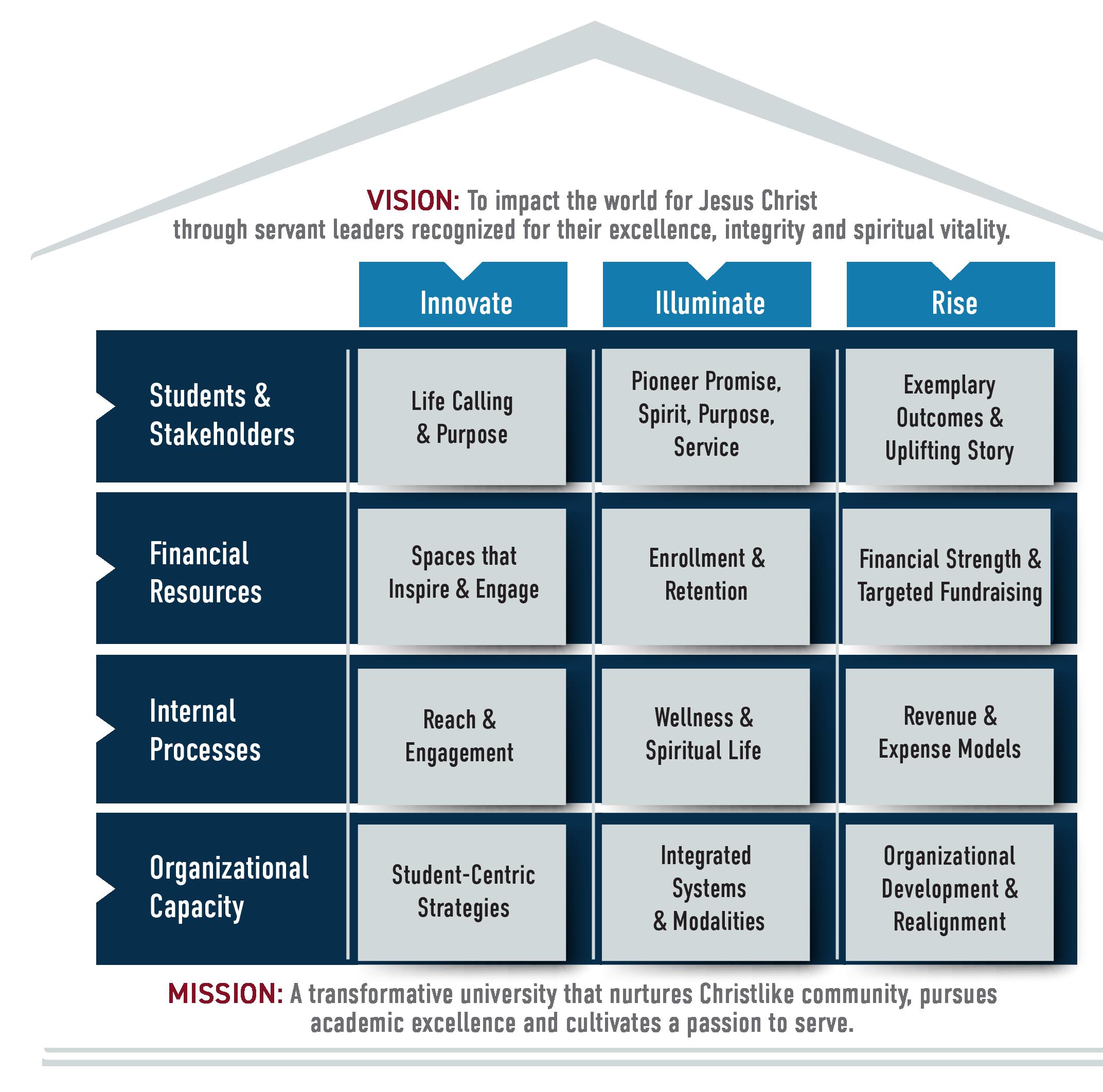
6
Innovate
Along with its commitment to deliver excellence in teaching and learning, nurture Christlike community, and inspire servant leaders to impact the world, MidAmerica Nazarene University must embrace a spirit of innovation to expand its influence and contribution to its community and world.

ORGANIZATIONAL CAPACITY: STUDENT CENTRIC STRATEGIES
The university focuses on the development of the whole person within the MNU experience by collaboratively curating experiences, opportunities, and spaces for personalized growth within a system that is easily navigated by stakeholders.
1. Develop and provide student-focused support services, processes and systems that are coordinated, highly efficient, effective and financially viable.
2. Provide students with access to an integrated support team consisting of academic advisors, counselors, success mentors, and support for life, living, and vocational calling.
3. Develop academic structures that will provide all students with access to a variety of innovative teachinglearning modalities, expanded access, flexibility, and affordability, and yield institutional return on investment.

7
Innovate (continued)
INTERNAL PROCESSES: REACH AND ENGAGEMENT
The university leverages and broadens the student experience through innovative program design and a variety of learning opportunities that inspire, grow, and engage learners and stakeholders on campus and beyond.

1. Create specialized and targeted learning and development opportunities designed for students, working professionals and university partners including Early College, dual high school enrollment, degree completion, professional certifications, workforce, and career development in addition to graduate programs of study.
2. Develop benchmarked and transformative experiences and activities that are mapped within the life cycle of the student to support the development of the whole person and provide common experiences across classifications or degree programs.
3. Implement innovative opportunities to engage a greater population of traditional, professional, and graduate alumni in the life of the university and as stakeholders involve them in the present and future of its ongoing mission and student success.
FINANCIAL RESOURCES: SPACES THAT INSPIRE AND ENGAGE
The university provides quality physical and virtual spaces that support learning, community development, and the student experience including the use of emerging technologies in a variety of settings and applications.
1. Provide physical and virtual learning spaces that reflect current standards and are relevant to work-life configurations, resources and real-life tools.
2. Complete and update the campus master development plan to anticipate future growth and program needs to include a comprehensive space utilization study and develop a plan that includes efficiently utilizing existing space, renovations, technology expansion and greater cost efficiencies.
3. Develop and provide residential living facilities and amenities that will engage students in community life and provide quality space for living, learning, recreation and belonging.
STUDENTS AND STAKEHOLDERS: LIFE CALLING AND PURPOSE
The university offers transformative and comprehensive curricular and co-curricular programming that recognizes God’s call on each life, empowers students to pursue a life of purpose, and prepares the whole person to be life-ready.


1. Utilizing a life-ready framework, develop a Center for Flourishing that will provide experiences and promote opportunities to prepare the whole student for the world of work, life and pathway to success.
2. Establish interest or affinity group programming specifically linked to life-ready goals within specific areas of study, professions, or vocations to include preparation for leadership, life calling, and life-long professional development.
3. Utilize a network of partners and organizations to create a Center for Innovation and Entrepreneurship that will provide learning opportunities, internships and real-life experiences leading to the development of life-ready skills and practices required for business creation, management, and professional development.
9
Illuminate
To build a Christ-like community of faith where servant leaders are recognized for their excellence, integrity and spiritual vitality. The university will clarify its internal processes to better illuminate student pathways and then share its light generously with others through the cultivation of pioneer spirit, purposeful life and a passion to serve.
ORGANIZATIONAL CAPACITY: INTEGRATED SYSTEMS AND MODALITIES
The university creates systems and processes that provide clear paths for communication, access to services and a culture of efficient and defined standards for quality service and student support.
1. Develop and implement a comprehensive data management and data governance process that will provide consistent and accurate information necessary to support decision making, planning and institutional assessment.
2. Seek to build a comprehensive data system that eliminates “data silos” and discrepancies in quality, consistency and application of essential information.
3. Utilize student success data collected before and after graduation to enhance communication, services, and student support efforts.
INTERNAL PROCESSES: WELLNESS AND SPIRITUAL RENEWAL
The university provides an environment of wellness that promotes opportunities for counsel, mentoring and spiritual formation through a structured framework to support the needs of students and development of faculty and staff as mentors and advisors for students.
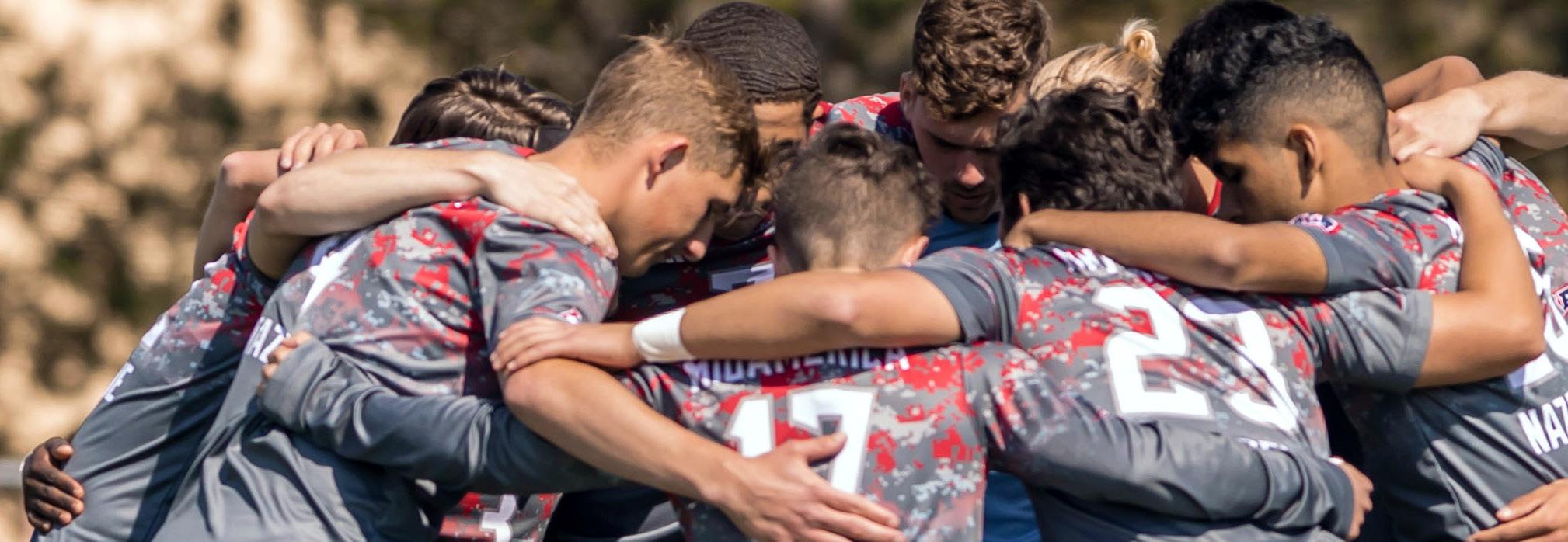
1. Establish student life programming that builds and nurtures a community of belonging, redemption, and relationships.
2. Provide an environment where students can encounter God and through Christ experience the transforming power of His saving grace as individuals, and within the university as a learning and living community.
3. Actively nurture spiritual growth, discipleship and maturity through the chapel gatherings, ministry of the Word, discipleship opportunities and participation and fellowship in the university community.
4. Celebrate and nurture ethnic and cultural diversity and seek ways to develop engagement and new leadership opportunities for students of color.
5. Develop programs to attract, support and facilitate the academic, cultural and adaptive needs of international students and students of diverse cultural backgrounds.
6. Provide opportunities for the campus community to learn and engage in health and wellness practices and healthy living.
FINANCIAL RESOURCES: ENROLLMENT AND RETENTION
The university utilizes an aggressive and goal-oriented strategy to achieve comprehensive enrollment growth for all programs, including alignment of current and new programs to workforce needs and the services necessary to equip students and support them in a manner that promotes retention and persistence.

1. Implement comprehensive strategies, program development and pathways to produce opportunities that will increase traditional, professional and graduate studies enrollments by a minimum of 3% annually.
2. Based on the Kansas Global Transfer Agreement, create an aggressive strategy, structure and action plan that will increase community college transfer enrollment by a minimum of 3% annually for all degree completion programs.
3. Develop and coordinate student success and support systems necessary to produce a minimum 3% annual improvement in retention of continuing students in all programs.
4. Assess and identify new workforce-relevant academic programs and provide a pathway for career-oriented working adult students to access and achieve their goals.
5. Expand and promote recruitment efforts to reach students regionally and nationally through effective initiatives with Nazarene students, area churches, regional Christian schools and home school organizations.

Illuminate (continued)
STUDENTS AND STAKEHOLDERS: CLARIFIED ACADEMIC CHOICES
The university provides students with a clear pathway, broad awareness and understanding of the opportunities available for them to achieve their academic, life and career goals including life after college.
1. Develop effective and integrated systems for academic advising, life calling, career planning and student success coaching and mentoring opportunities.

2. Engage and involve university graduates and practicing professionals as volunteers, mentors and resources to enhance and broaden student career and vocational experiences.
3. Build a student-focused career and life planning process that includes preparation and training for success in the world of work including a process to document personal growth, vocational experiences, internships, community service and leadership experiences.

12
The university has stewarded its financial resources wisely and effectively during challenging times and circumstances. It must act now not only to ensure sustainability but also position itself to ascend and overcome the current and emerging economic challenges and in doing so be known and measured by the stories of its graduates and their life experiences.
ORGANIZATIONAL CAPACITY: ORGANIZATIONAL DEVELOPMENT
AND
REALIGNMENT
The university develops and implements a comprehensive program for the training and development of faculty and staff as leaders and educators and increase capacity by realigning the academic and organizational structure as necessary to promote institutional effectiveness, quality service and financial stability.
1. Build structures and strategy to attract and retain talented faculty and staff who are committed to excellence in Christ-centered higher education and represent diverse ethnicities, global understanding and diverse experiences.

2. Align personnel and organizational structures to represent current needs, maintain cost efficiency and be supportive of institutional strategies, initiatives and vision for the future.
3. Annually audit, assess and review personnel and benefit costs within established margins and adopt parameters necessary to achieve net revenue goals.
4. Conduct a comprehensive audit of all personnel, positions and duties and take steps to align with current university strategies, financial goals and operational efficiencies.
5. Develop competitive salary and benefit packages designed to attract and retain personnel within the framework of a realigned organization and staffing model.
6. Create enhanced search process and plan to recruit persons of color who are committed to Christian higher education as faculty, staff or in key administrative positions.
7. Develop a structure and process to engage a volunteer network of retired faculty and community members who can assist in a variety of capacities by serving and supporting university programs and services.

13
RISE
INTERNAL PROCESSES: REVENUE AND EXPENSE ALIGNMENT
The university will achieve long term financial health and stability through revenue and expense realignment and do so in a manner that supports excellence in programs and services while promoting net revenue growth, operational margins and return on investment.

1. Promote net revenue growth through the realignment of all sources of revenue and expenditures to achieve a minimum annual operational surplus of $1M.
2. Review and align university traditional scholarship and financial aid structures as necessary to produce a minimum .5% reduction in discount rate annually and minimum goal of 52% of gross tuition revenues within five years.
3. Conduct an operational budget audit to update and realign expenditures based on a “zero based” budget concept as a benchmark to guide future budget allocations and planning.
4. Annually review and develop competitive tuition and fees structures that reflect operational costs and achieve net revenues goals and profitability.
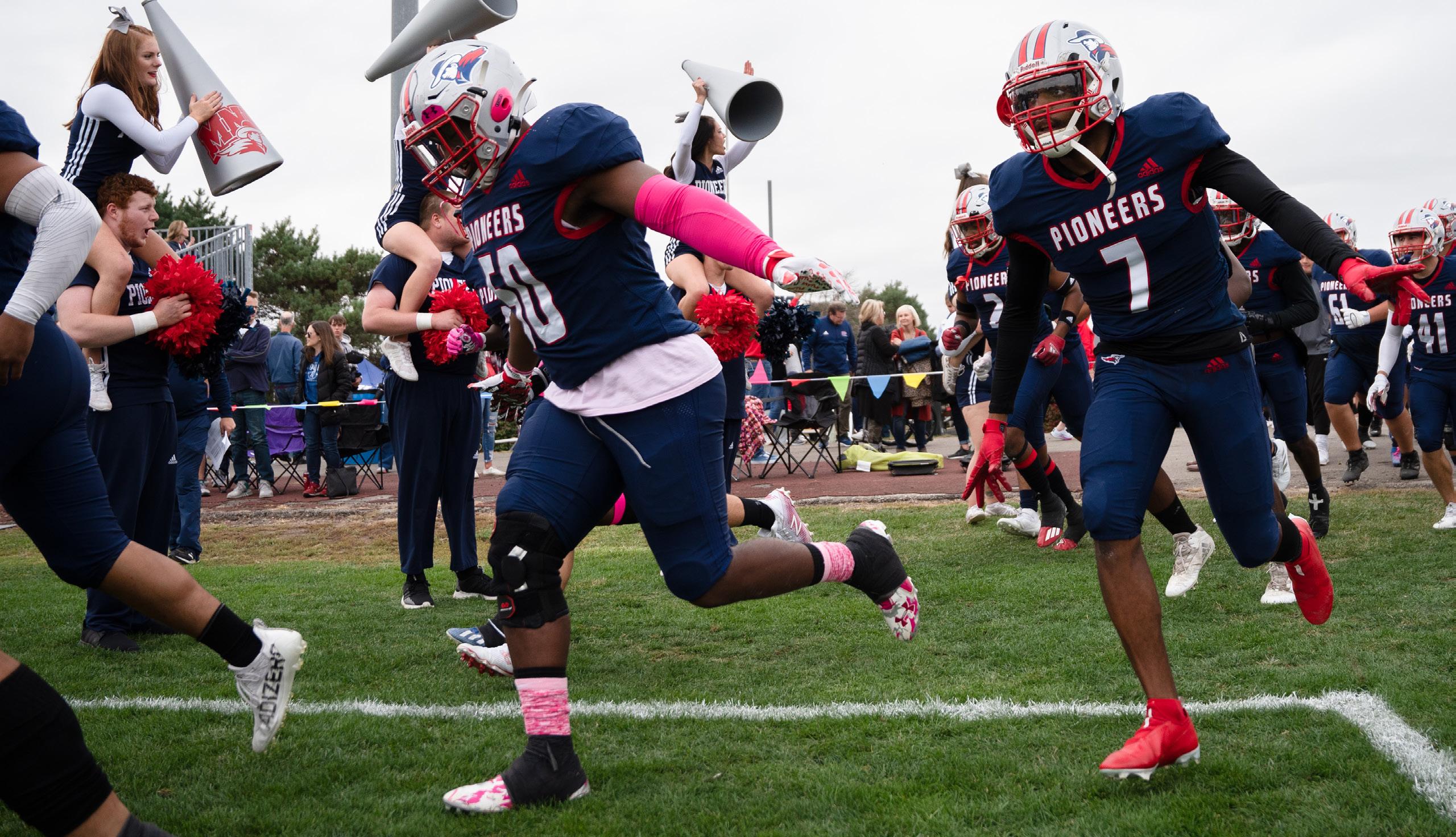
RISE (continued)
FINANCIAL RESOURCES: FINANCIAL STRENGTH AND TARGETED FUNDRAISING
The university leverages strength and momentum in fundraising and aligns initiatives to promote future capital improvements, financial reserves, increased endowments and estate gifts to include targeted strategies that reduce or eliminate institutional debt and support the advancement of the university, its programs and its ongoing viability.
1. Develop and implement advancement strategies to sustain and grow unrestricted gift income minimally by 10% annually to achieve a minimum of $650,000 annually by 2030.
2. Review and develop a new comprehensive capital campaign based on the adopted strategic plan, a revised campus master plan, debt reduction and targeted special projects.
3. Promote utilization of campus facilities by external groups and organizations and achieve Conference Services revenues to a minimum of $600,000 annually.
4. Recognize and sustain church educational budgets through effective communications, recognition, and emphasis of its essential support for Nazarene student and ministerial dependents scholarships.

5. Seek greater opportunities for grants and gifts that align and support the organizational mission and strategic plan.
STUDENTS AND STAKEHOLDERS: EXEMPLARY OUTCOMES AND UPLIFTING STORIES

The university establishes itself as a leader in higher education and is known for its focus on the substantive and transformational care of individual students whose collective stories give witness to the effectiveness, identity and affirmation of the university and its mission.
1. Develop systems and processes to gather inspiring stories of students and create a strategy to communicate these stories as the substance of our institutional mission and identity.
2. Develop and implement a communication strategy to effectively tell the MNU story in a manner that will engage future students, alumni, the Church, the campus community, friends of the university and the greater regional community.
3. Build and strengthen the university communications systems and processes as necessary to increase regional awareness, engagement and involvement in the life and success of the university.
15



MNU.EDU | O lathe, KS | 913-782-3750





























